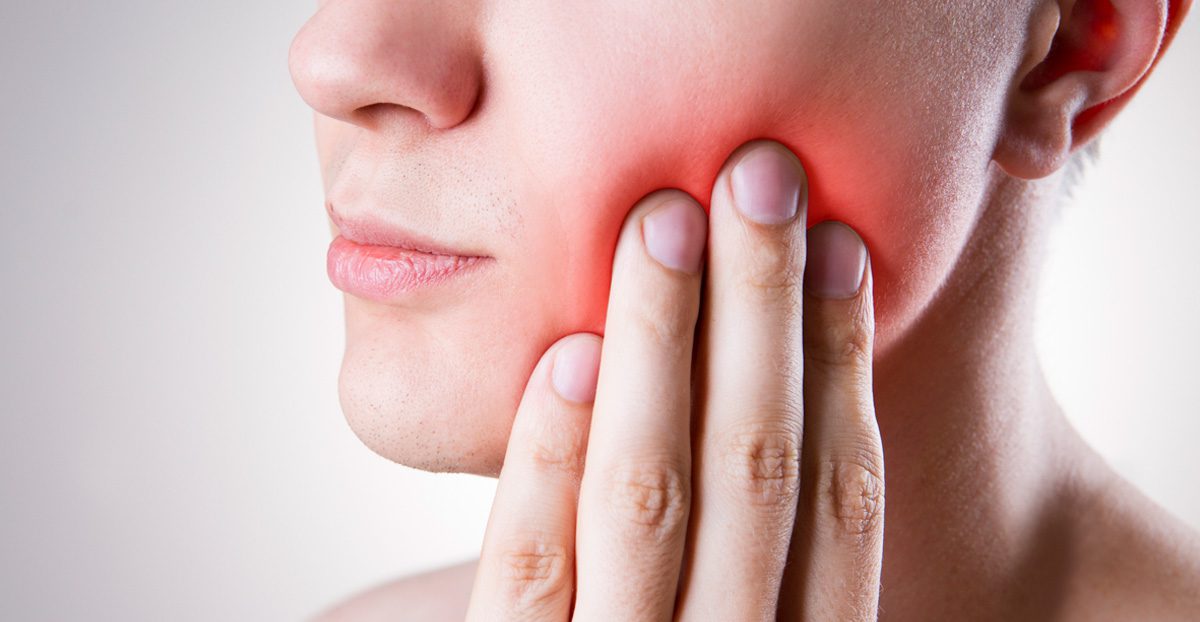

The salivary glands play a pivotal role in our oral health, producing saliva that aids in digestion, keeps our mouths moist, and helps prevent tooth decay. These glands contain a network of ducts that transport saliva from the gland to the mouth. Various diseases and disorders can affect these ducts, leading to symptoms that can range from mild discomfort to significant pain and complications.
Types of Salivary Duct Diseases
- Sialolithiasis (Salivary Stones): This is one of the most common salivary duct diseases. Here, mineralized masses called sialoliths or salivary stones form within the ducts, causing blockage. This blockage can lead to pain and swelling, especially during meal times when saliva production increases.
- Sialadenitis (Salivary Gland Infection): This is an infection that can arise due to various reasons, including a blocked duct or a bacterial infection. The condition can result in pain, fever, and redness over the affected salivary gland.
- Salivary Duct Stenosis (Narrowing of the Duct): In this condition, the salivary duct becomes narrow or constricted, leading to reduced saliva flow, recurrent infections, and swelling of the gland.

Symptoms of Salivary Duct Diseases
While symptoms can vary depending on the specific condition, some common signs include:
- Pain in the face or mouth, particularly during meals.
- Swelling of the face, especially around the jaw or in front of the ears.
- Redness or tenderness over the affected gland.
- Dry mouth or a persistent abnormal taste.
- Fever or chills, indicating an infection.
Causes and Risk Factors
The causes of salivary duct diseases can be varied:
- Dehydration: A lack of adequate fluid intake can thicken the saliva, leading to potential blockages.
- Medications: Some medications can reduce saliva production, increasing the risk of duct diseases.
- Poor oral hygiene: This can lead to infections in the mouth that spread to the salivary glands.
- Tumors or cysts: Growth in or near a salivary duct can lead to blockages.
- Trauma: Injuries to the face or mouth can damage the salivary ducts, leading to disease.
Diagnosis and Treatment
The diagnosis of salivary duct diseases involves a thorough examination, often accompanied by imaging tests like ultrasound, sialography (a special type of X-ray), or MRI to get detailed visuals of the glands and ducts. In some cases, a small sample (biopsy) may be taken to rule out cancerous growths.
Treatment can vary depending on the specific condition:
- Medications: For infections, antibiotics are often prescribed. Pain relievers and fever reducers can also be recommended to alleviate symptoms.
- Warm compresses: Applying warmth to the affected area can provide relief from pain and help reduce swelling.
- Sialendoscopy: This minimally invasive procedure involves inserting tiny instruments into the duct to remove stones or widen a narrowed duct.
- Surgery: In some cases, especially if there’s a persistent blockage or a tumor, surgical removal of the affected salivary gland might be necessary.
Early detection and treatment are vital to prevent complications and ensure the health of the salivary glands. Those experiencing symptoms such as persistent pain, swelling, or dry mouth should seek medical attention to ensure a correct diagnosis and appropriate treatment. With advancements in medical technology, many salivary duct diseases can now be treated with minimally invasive techniques, offering patients quicker recovery times and reduced discomfort.
